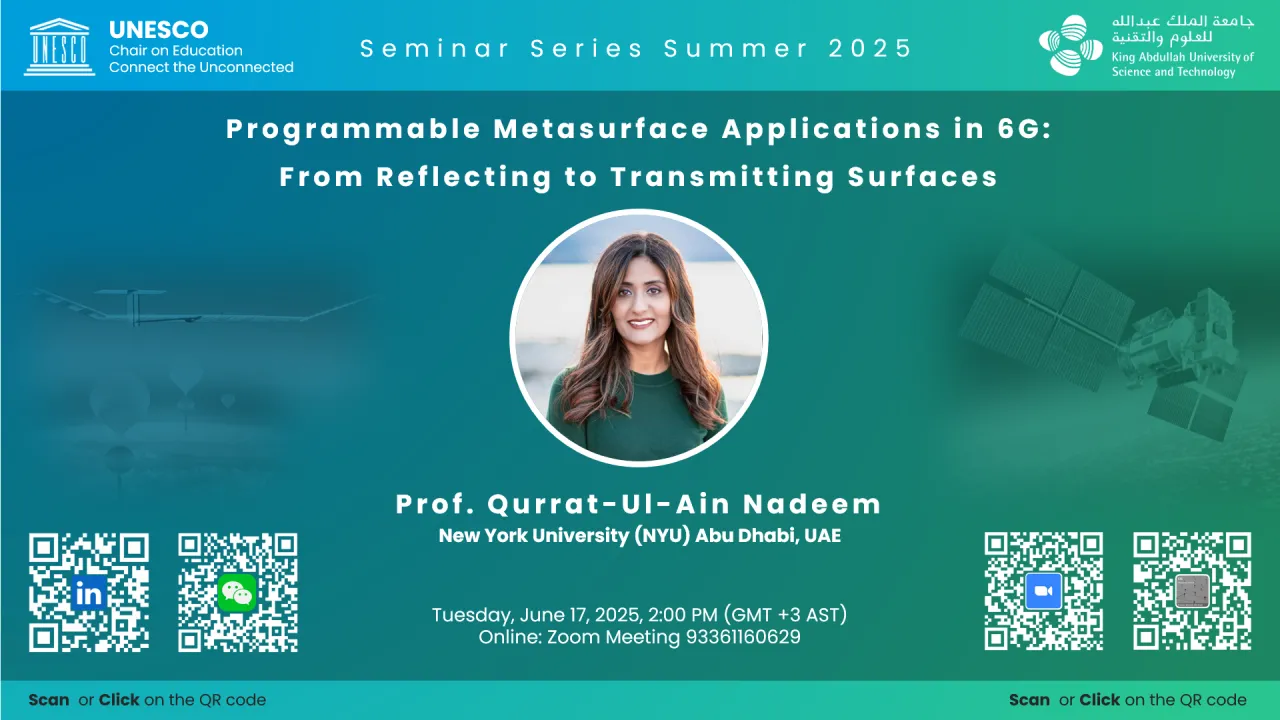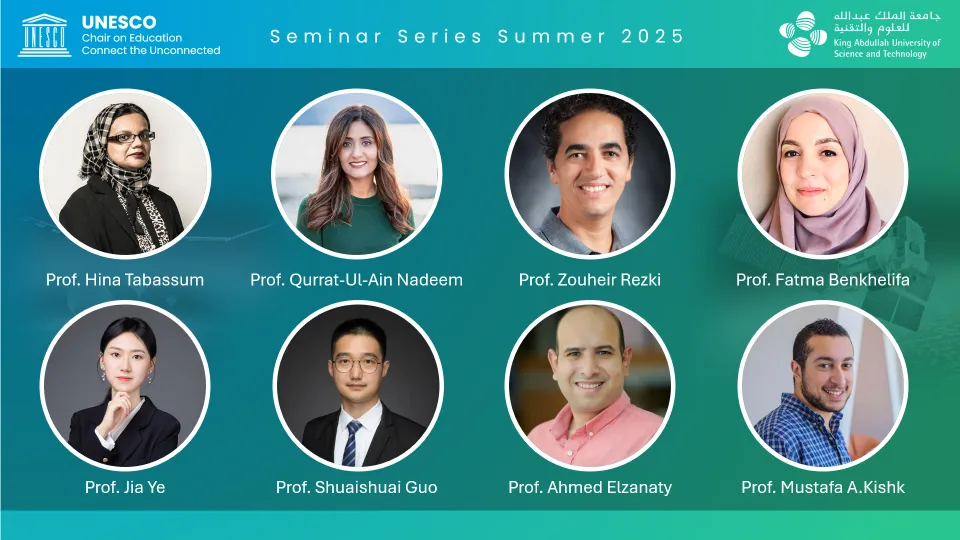
Programmable Metasurface Applications in 6G: From Reflecting to Transmitting Surfaces
Overview
Programmable metasurfaces offer a low-cost, energy-efficient means to shape electromagnetic wavefronts, enabling several promising directions in next-generation wireless communications. This talk will focus on two key applications: (1) Reconfigurable Intelligent Surface (RIS) - programmable metasurface deployed in the propagation environment to enable controlled non-line-of-sight paths via reflect beamforming, and (2) Stacked Intelligent Metasurface (SIM) - a novel transceiver architecture that integrates multiple stacked layers of programmable metasurfaces with an antenna array employing a small number of radio frequency chains for efficient holographic MIMO implementation. We will first identify the good use cases of RIS from a communication performance viewpoint, and also present our results on a recently developed RIS prototype to support wide band operation. We will then introduce the SIM architecture, where transmit antennas send data streams that are precoded directly in the electromagnetic domain at the speed of light, promising a paradigm shift from digital to fully wave-based beamforming. The talk will conclude with our recent findings on channel estimation and the training throughput trade-off in such systems.

Presenters
Qurrat-Ul-Ain Nadeem, New York University Abu Dhabi, UAE
Brief Biography
Annie is an Assistant Professor of Electrical Engineering at New York University (NYU) Abu Dhabi, and an Associated Faculty at NYU Tandon School of Engineering. From 2019 to 2023, she worked as a Postdoctoral Research Fellow in the Electrical Engineering Department at the University of British Columbia (UBC), Canada. She received her M.S. and Ph.D. degrees in electrical engineering from King Abdullah University of Science and Technology (KAUST), Saudi Arabia in 2015 and 2018 respectively. Her research interests lie in the areas of communication theory, information theory, signal processing, and electromagnetics and antenna theory.
She received the prestigious Paul Baron Young Scholar Award by The Marconi Society in 2018 for her work on full-dimension massive MIMO systems,. She also received the NSERC Postdoctoral Fellowship Award in 2021, with her application ranked first among those submitted by female candidates and third overall. She has been recognized among the top 10 Rising Stars in Computer Networking and Communications by N2Women in 2024. She serves as an Editor of IEEE Communications Letters, and as the Lead Guest Editor of the SI on Multi-Function Reconfigurable Intelligent and Holographic Surfaces for 6G Networks in IEEE Network Magazine. She also serves as a co-chair of several tracks and workshops at flagship conferences of IEEE Communications Society including IEEE PIMRC 2023, IEEE ICC 2024, IEEE VTC-Spring 2024 and IEEE WCNC 2024.
